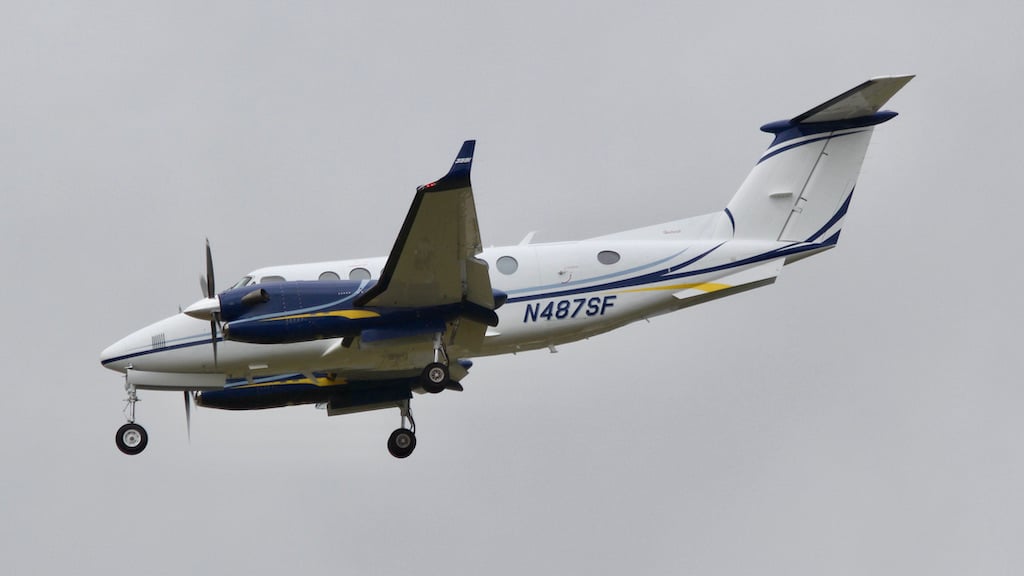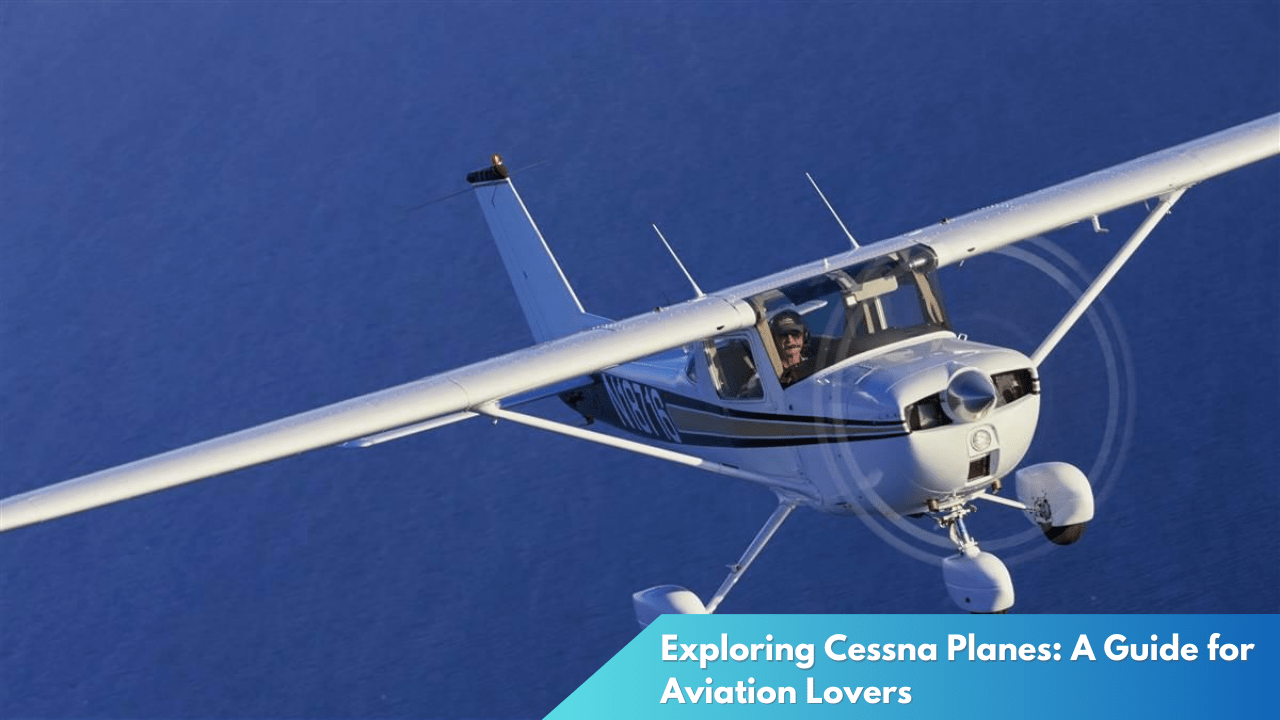King Air 350: Unique Features and Market Rivals
The Beechcraft King Air 350 stands as a prominent figure in the realm of twin-turboprop aircraft, renowned for its versatility, reliability, and robust performance. This aircraft, a product of Textron Aviation, has carved a niche for itself in both the civilian and military sectors, offering an unparalleled blend of comfort, efficiency, and advanced technology. As aviation enthusiasts and professionals continue to explore the capabilities of the King Air 350, it faces competition from a variety of market rivals aiming to capture a share of its audience. This article delves into the unique features that make the King Air 350 a standout in its class and examines the competitive landscape it navigates.
King Air 350: An Overview of Unique Features

The King Air 350’s unique features begin with its impressive performance capabilities, which include a maximum range of over 1,800 nautical miles and a cruising speed of approximately 312 knots. These specifications allow it to cover substantial distances without the need for frequent refueling stops, making it ideal for both business travel and special mission operations. The aircraft’s Pratt & Whitney Canada PT6A-60A engines are renowned for their reliability and efficiency, contributing significantly to its high-performance standards and operational flexibility.
Another standout feature of the King Air 350 is its state-of-the-art avionics suite, which includes the Rockwell Collins Pro Line Fusion integrated avionics system. This system enhances situational awareness and simplifies flight management with its intuitive touchscreen controls and high-resolution synthetic vision. The avionics package also includes advanced weather radar, precision navigation capabilities, and automatic flight control systems, all of which contribute to the aircraft’s safety and ease of operation, making it a favorite among pilots.
The interior of the King Air 350 is designed with passenger comfort in mind, offering a spacious and luxurious cabin that can be configured to accommodate up to 11 occupants. The flat-floor design and large windows create a comfortable environment for passengers, while the noise-insulating composite materials ensure a quiet ride. The cabin is equipped with features such as adjustable seating, ample storage, and modern amenities, providing a first-class experience even on longer flights.
Market Rivals: Competing with the King Air 350

In the competitive landscape of twin-turboprop aircraft, the King Air 350 faces significant competition from several notable rivals. One such competitor is the Pilatus PC-12, a single-engine turboprop known for its versatility and efficiency. Although the PC-12 features one less engine than the King Air 350, it offers a comparable range and payload capacity, along with a reputation for rugged dependability and low operating costs, attracting operators seeking economic efficiency without sacrificing performance.
Another formidable contender is the Daher TBM series, particularly the TBM 940. Like the King Air 350, the TBM 940 is equipped with advanced avionics and luxurious cabin amenities. However, it distinguishes itself with a higher cruising speed and the advantage of a single-engine design that reduces maintenance complexity and costs. The TBM series appeals to those who prioritize speed and efficiency in their operations, making it a strong rival for the King Air 350 in the high-performance turboprop category.
The Piper M500 also enters the fray as a more budget-conscious alternative, offering a balance of performance and affordability. While it does not match the King Air 350 in terms of capacity or twin-engine reliability, it provides sufficient range and comfort for smaller-scale operations or private ownership. The M500’s appeal lies in its cost-effectiveness, making it an attractive option for those entering the turboprop market or looking to operate smaller flights with fewer passengers.
The Beechcraft King Air 350 remains a formidable player in the turboprop market, distinguished by its robust performance, advanced technology, and superior passenger comfort. Despite fierce competition from rivals like the Pilatus PC-12, Daher TBM 940, and Piper M500, the King Air 350 continues to hold its ground by offering a well-rounded package that meets the needs of a diverse range of operators. As aviation technology evolves and market demands shift, the King Air 350’s commitment to innovation and excellence ensures its continued relevance and success in the global aviation landscape.



